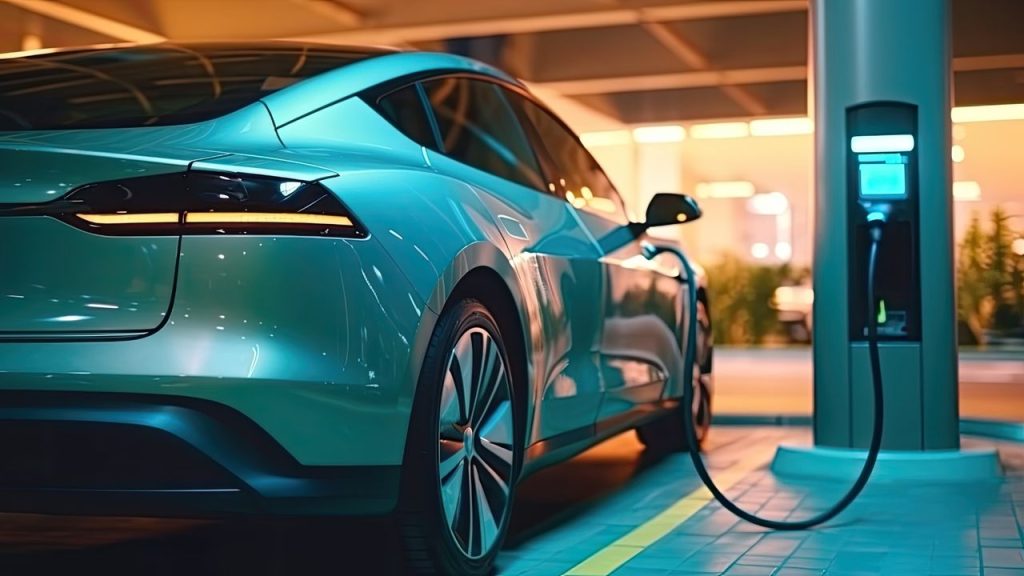Electric Vehicle Charging Infrastructure: Revolutionizing the Way We Charge
With the rise in popularity of electric vehicles (EVs), the need for a reliable and efficient charging infrastructure has become more crucial than ever. Fortunately, advancements in technology have paved the way for fast charging and the development of a widespread charging network, making it easier for EV owners to charge their vehicles on the go.
Fast Charging: Powering Up in a Flash
Gone are the days when charging an electric vehicle took hours. Thanks to fast charging technology, EV owners can now power up their vehicles in a fraction of the time. Fast charging stations, also known as Level 3 chargers, utilize high-powered direct current (DC) to rapidly charge EV batteries.
These chargers are capable of delivering a significant amount of electricity to the vehicle, allowing it to charge up to 80% in as little as 30 minutes. This means that EV owners can conveniently charge their vehicles while taking a short break during a long journey or running errands.
The Charging Network: Connecting EV Owners
One of the key components of a successful electric vehicle charging infrastructure is a well-connected charging network. A charging network is a system of charging stations strategically placed in various locations to ensure that EV owners have access to charging facilities wherever they go.
Public charging stations are an essential part of the charging network. These stations are typically located in public areas such as parking lots, shopping centers, and rest stops. They provide a convenient and accessible option for EV owners who do not have access to a private charging station at home.
Public charging stations are equipped with multiple charging ports, allowing multiple vehicles to charge simultaneously. This helps reduce waiting times and ensures that EV owners can quickly get back on the road.
Types of Public Charging Stations
There are different types of public charging stations available, each offering varying charging speeds:
- Level 1 Charging: This is the slowest charging option, utilizing a standard household outlet. It is suitable for overnight charging or for EV owners who have ample time to charge their vehicles.
- Level 2 Charging: These chargers provide a faster charging option than Level 1. They require a dedicated charging unit and can charge an EV in a few hours.
- Level 3 Charging: As mentioned earlier, Level 3 chargers are fast charging stations that can charge an EV to 80% in just 30 minutes. However, they are not as widely available as Level 1 and Level 2 chargers.
Planning Your Charging Stops
When embarking on a long journey in your electric vehicle, it is essential to plan your charging stops in advance. Various mobile applications and websites provide real-time information on the location and availability of charging stations along your route.
By planning your charging stops strategically, you can ensure that you have access to charging facilities whenever you need them, minimizing any potential range anxiety.
The Future of Electric Vehicle Charging
The electric vehicle charging infrastructure is continuously evolving to meet the growing demand for EVs. Governments and private companies are investing heavily in expanding the charging network, making it more accessible and convenient for EV owners.
As technology advances, we can expect even faster charging speeds, increased charging station capacity, and improved integration with renewable energy sources. These developments will further enhance the appeal of electric vehicles and accelerate the transition to a sustainable transportation future.


